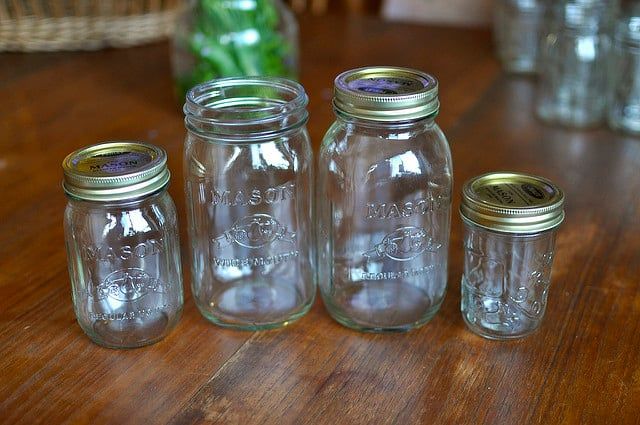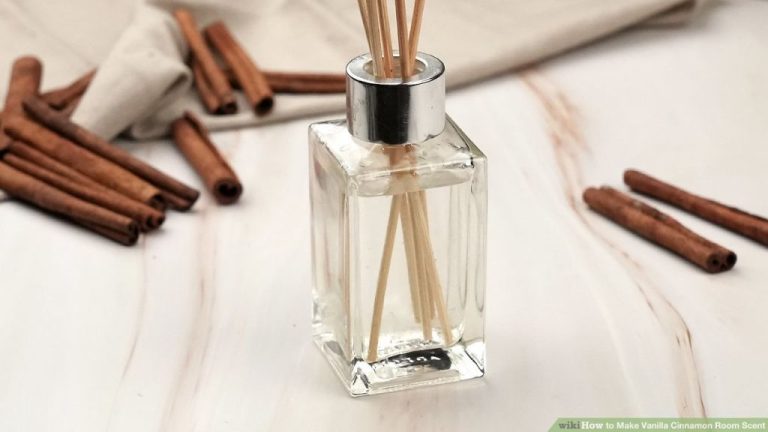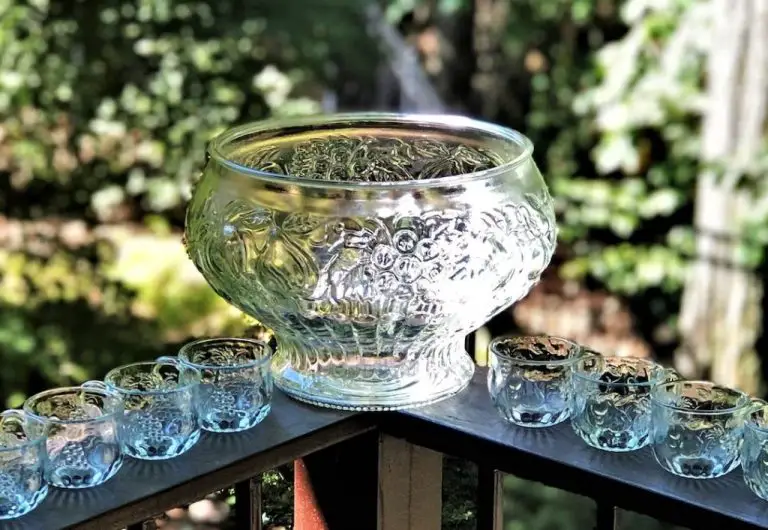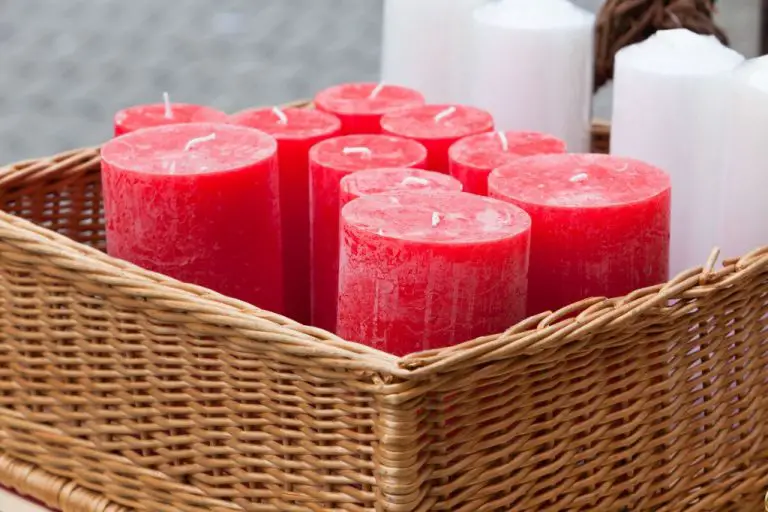Is It Ok To Use Off Brand Canning Lids?
Are Off-Brand Canning Lids a Safe Bet?
Home canning is a popular method for preserving fruits, vegetables, jams, pickles, and more. Part of the process involves sealing jars with metal lids and bands in order to create an airtight environment. Most people automatically grab the familiar brands like Ball and Kerr when stocking up on supplies. But with the rising cost of groceries, some are tempted to save money with generic store brands or third-party options found online.
While less expensive lids may initially seem appealing, most experts warn against straying from the major brands that have been extensively tested for safety and reliability. After all, you’re trusting these lids to keep your precious food free of dangerous bacteria and pathogens that can thrive when air is introduced.
Before using alternative lids, it’s important to understand the risk factors and evaluate if the potential savings outweigh jeopardizing an entire batch of home-canned goods. We’ll explore the key considerations when deciding whether it’s worth trying off-brand lids for canning.
What Makes Canning Lids Seal
Canning lids are composed of two main parts – the flat metal lid and the separate metal ring that screws onto the jar. The underside of the flat lid contains a sealing compound that allows the lid to adhere to the rim of the jar in order to create an airtight seal during the canning process.
The sealing compound is critical for creating a proper seal. It is typically made of food-grade rubber material and formulated to melt at high temperatures during canning. When the filled jar is processed in a water bath or pressure canner, the compound melts and flows to fill any small gaps along the jar rim. As the jar cools and a vacuum seal forms inside, the lid gets sucked down tightly against the jar rim for an airtight closure.
The composition and thickness of the sealing compound can impact how reliably a lid seals. Branded canning lids from companies like Ball and Kerr use proprietary rubberized compounds that have been rigorously tested for consistent sealing performance. Generic store brand lids may use cheaper sealing compounds that don’t always flow or cure properly, potentially affecting seal reliability.
Testing of Major Brand Lids
Major brands like Ball and Kerr have a long history of producing reliable canning lids. According to testing by Safe Home Canning, Ball and Kerr lids consistently pass seal testing methods like the finger test when followed proper canning procedures. Their lids are precisely engineered and go through rigorous quality control testing to ensure proper sealing and vacuum.
However, even with major brands, seal failures can occur in a small percentage of lids. Factors like food acidity, headspace, processing time, and storage conditions all impact seal reliability. Following the manufacturer’s directions exactly is important to get the best seal results when using Ball and Kerr lids.
While pricier than generic brands, Ball and Kerr lids provide confidence to home canners that their preserved food will seal safely and properly. Testing confirms their reputation for having the highest standards of any canning lid manufacturer.
Testing of Generic Store Brand Lids
There have been some mixed findings when testing the reliability of generic store brand canning lids versus major national brands like Ball and Kerr. Some home canners have reported success using store brands like Walmart’s Mainstays or Kroger’s Simple Truth [1]. However, others have run into more issues with improper seals and seal failures over time compared to the major brands [2].
One key difference is that major brands like Ball and Kerr often use a compound in the sealing material called plastisol. Plastisol contains PVC and plasticizers that allow the material to better conform to the rim of the jar for a tight seal. Generic lids sometimes use cheaper materials that may not seal as reliably over time.
When testing generic lids side-by-side with major brands, some home canners have found more seal failures and issues with the generics losing their seal over time. This indicates the materials may not create as tight and durable of a seal [1]. However, results can vary depending on the specific generic brand.
Factors that Impact Seal Reliability
There are a few key factors that can impact whether or not canning lids seal properly:

Proper headspace is crucial. The jars need to have the right amount of headspace – too little and the food/liquid may get onto the sealing edge of the lid and prevent a seal, too much and there won’t be enough vacuum created to seal the lid. Follow recipe and canning guidelines for headspace.
Thorough cleaning of the jar rims is also essential. Even a small bit of food or residue on the rim can prevent the lid from sealing properly. Make sure to wipe jar rims with a clean, damp cloth before putting on lids.
It’s critical to follow the recommended processing times precisely. Underprocessing can result in failed seals or spoilage, while overprocessing can damage the seals. Use a tested recipe and follow processing instructions for your altitude and canning method.
When to Use Caution
When using off-brand or reused lids, it’s especially important to use caution with low-acid or tomato products, as these are more prone to issues with improper sealing and contamination from botulism bacteria. According to the CDC, “the moist, oxygen-free environment inside jars of low-acid foods provides an ideal condition for the growth and toxin production of the dangerous bacterium Clostridium botulinum” (CDC). The University of Minnesota Extension also warns that all low-acid foods like vegetables, meat, fish, and poultry can potentially support botulism growth if not properly canned (U of MN).
It’s critical to thoroughly check the seals on all jars after processing, especially when reusing lids. Press down on the center of the lid – it should not flex up and down at all. Visually inspect the sealing compound on the lid – it should be flattened and free of defects. Tap the lid with a spoon and listen for a clear ringing sound. If the lid flexes, is damaged, or doesn’t ring properly, do not store the food. Reprocess with a new lid or refrigerate and consume quickly.
Tips for Using Off-Brand Lids
If you want to try using off-brand lids, here are some tips to help ensure success:
Test new lids with trusted recipes first – When trying a new brand of lid, use it with tried-and-true recipes you’ve canned successfully before. This way you’ll know if any sealing failures are due to the lid and not the recipe.
Use producer approved processing times – Follow the recommended pressure canner processing times from reputable sources like the USDA and Ball/Kerr. Extending processing times can help improve the seal.
Inspect jars closely before storing – After processing jars, check the seal on each lid by pressing down in the center. It should not flex. Tap the lid with a spoon and listen for a ringing sound. Then wipe rims clean and inspect for any gaps in the seal. Refrigerate any questionable jars.
Use new lids every time – Don’t reuse off-brand lids as the sealant degrades with each use. Buy new lids each canning season.
Store properly – Allow jars to cool undisturbed for 12-24 hours and check seals again before storing. Store jars in a cool, dark place around 50°F to 70°F.
Use within 1 year – For best quality and safety, use up canned goods sealed with off-brand lids within 1 year.
Pay close attention when opening – Examine jars carefully before opening them. Do not consume anything that was improperly sealed.
Signs of Seal Failure
There are a few key signs to look out for to determine if your canned jars have failed to properly seal:
Bulging lids – Lids that bulge up in the center indicate a seal failure. This happens when gases build up inside the jar and push the lid up. According to the National Center for Home Food Preservation, bulging lids are one of the surest signs of spoilage.
Loose lids – Lids that you can easily remove by hand likely did not create an airtight seal. Jars with properly sealed lids will be vacuum sealed and difficult to open. As Little House Living explains, off-brand lids in particular may not give the expected concave and “pop” sound when sealing.
Gas bubbles – Look closely at your jars for streams of tiny gas bubbles, which indicate fermentation and bacteria growth. You may also see spurts of liquid if you remove the lid. Bubbles mean seal failure according to Food in Jars.
When in doubt, it’s always better to be safe than sorry. The National Center for Home Food Preservation says if you have any concerns about the seal, it’s best to throw the jar out. Reprocessing jars that have failed to seal can be risky. With improperly sealed canned goods, always err on the side of caution.
Safety Precautions
When it comes to home canning, safety should always be the top priority. Botulism is a rare but serious illness that can result from eating improperly home-canned foods containing the botulism toxin. While commercial canning lids undergo rigorous testing and quality control, it’s important to take precautions when using off-brand lids.
First and foremost, do not use any jars with questionable seals. If the lid is not sealed correctly, oxygen can enter and provide the conditions for Clostridium botulinum bacteria to produce the toxin. Press on the center of the lid to ensure it does not pop up and down – an indication of a poor seal. Visually inspect the sealing edge to make sure it is smooth and even with no gaps. When in doubt, do not use the jar and reprocess the contents with a new lid.
Also, the CDC recommends refrigerating any untested home-canned foods and preserves. Keeping them cold prevents the growth and toxin production of C. botulinum. Only shelf-stable, properly sealed jars should be stored at room temperature. Refrigeration provides an extra layer of protection when using off-brand lids that have not undergone extensive safety testing.[1]
While following proper canning procedures can reduce the risk, caution should still be exercised with off-brand lids. Carefully inspect all seals, refrigerate untested jars, and never use products with bulging lids or any other signs of spoilage. With proper precautions, home canners can safely reap the rewards of their harvest.
The Bottom Line
Based on the research conducted so far, off-brand canning lids can be a viable option for home canners looking to save money. The main factors impacting the seal reliability of lids are proper preparation, headspace, processing time and method. Off-brand lids from reputable retailers have been found to have similar safety and performance to the major brands when proper canning practices are followed.
That said, off-brand lids do seem to have a slightly higher seal failure rate in some testing. For foods where the risk associated with seal failure is low, like high-acid jams and jellies, off-brand lids may pose little extra risk. However, for low-acid foods where the consequences of spoilage are more severe, it may be advisable to stick to the major brands you trust.
The bottom line is that off-brand lids can be a great money-saving option for experienced canners who follow all guidelines and check for signs of seal failures. But they do introduce an added degree of risk, so beginners and those canning risky low-acid foods may want to avoid off-brands until they have more experience under their belt.






